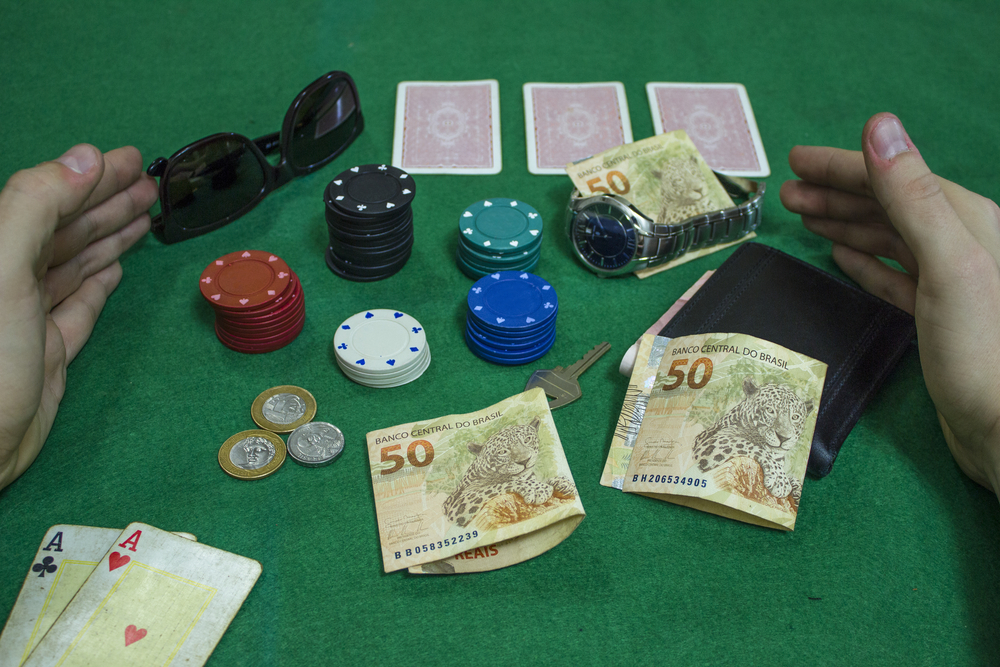Whilst all articles relating to improving poker skills refer to the emotional state in which one should play poker, we all know that this can sometimes be next to impossible. In a game known for the ‘poker face’ necessary to achieve success, it is important to be emotionless and focused, but that doesn’t always happen. Even with the best intentions in the world, if the game is going badly, emotions are bound to flare up. This is where the dreaded poker tilt comes in to play.  Describing the levels of frustration that accrue over the course of a poor game: it can be severely debilitating in terms of the judgments needed to be made; as more poor judgments are made by this lack of focus, the downward spiral becomes worse; it becomes a vicious cycle and one that can be hard to break. Here are some key points to pull you out of this depression and back into a winning game. Firstly, it is important to recognize that the tilt is occurring. Make sure to keep an eye on your own emotions, check how much you are wagering and notice if this is in response to your feelings. If it is, then step back. It is also important to know what things trigger your emotional responses. Knowing what pushes your buttons will help you to prevent the tilt from ever occurring. Lastly, it is important to be able to calm down. There needs to be a strategy in place to combat the nerves and frustration that have been produced. Understanding yourself when playing poker is the key. A tilt in poker can cause you to lose a lot of money if you are unable to recognize it or stop it from occurring. Listen to yourself and know when you are out of your depth.
Describing the levels of frustration that accrue over the course of a poor game: it can be severely debilitating in terms of the judgments needed to be made; as more poor judgments are made by this lack of focus, the downward spiral becomes worse; it becomes a vicious cycle and one that can be hard to break. Here are some key points to pull you out of this depression and back into a winning game. Firstly, it is important to recognize that the tilt is occurring. Make sure to keep an eye on your own emotions, check how much you are wagering and notice if this is in response to your feelings. If it is, then step back. It is also important to know what things trigger your emotional responses. Knowing what pushes your buttons will help you to prevent the tilt from ever occurring. Lastly, it is important to be able to calm down. There needs to be a strategy in place to combat the nerves and frustration that have been produced. Understanding yourself when playing poker is the key. A tilt in poker can cause you to lose a lot of money if you are unable to recognize it or stop it from occurring. Listen to yourself and know when you are out of your depth.